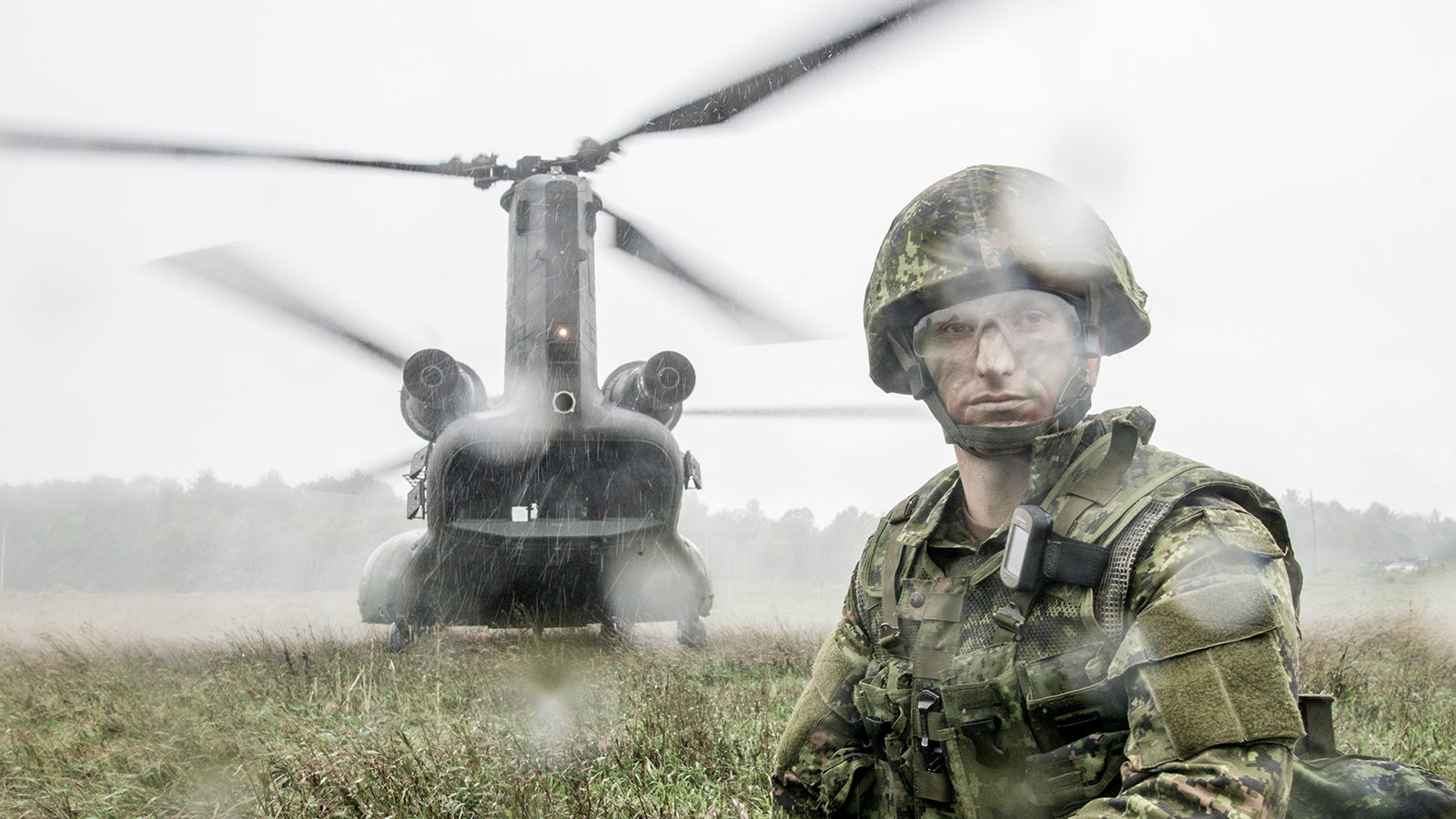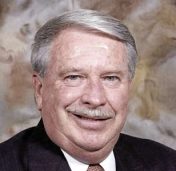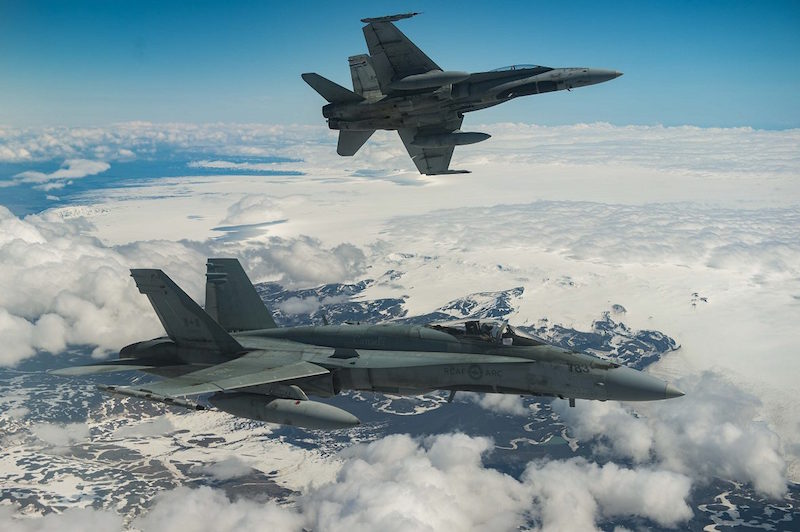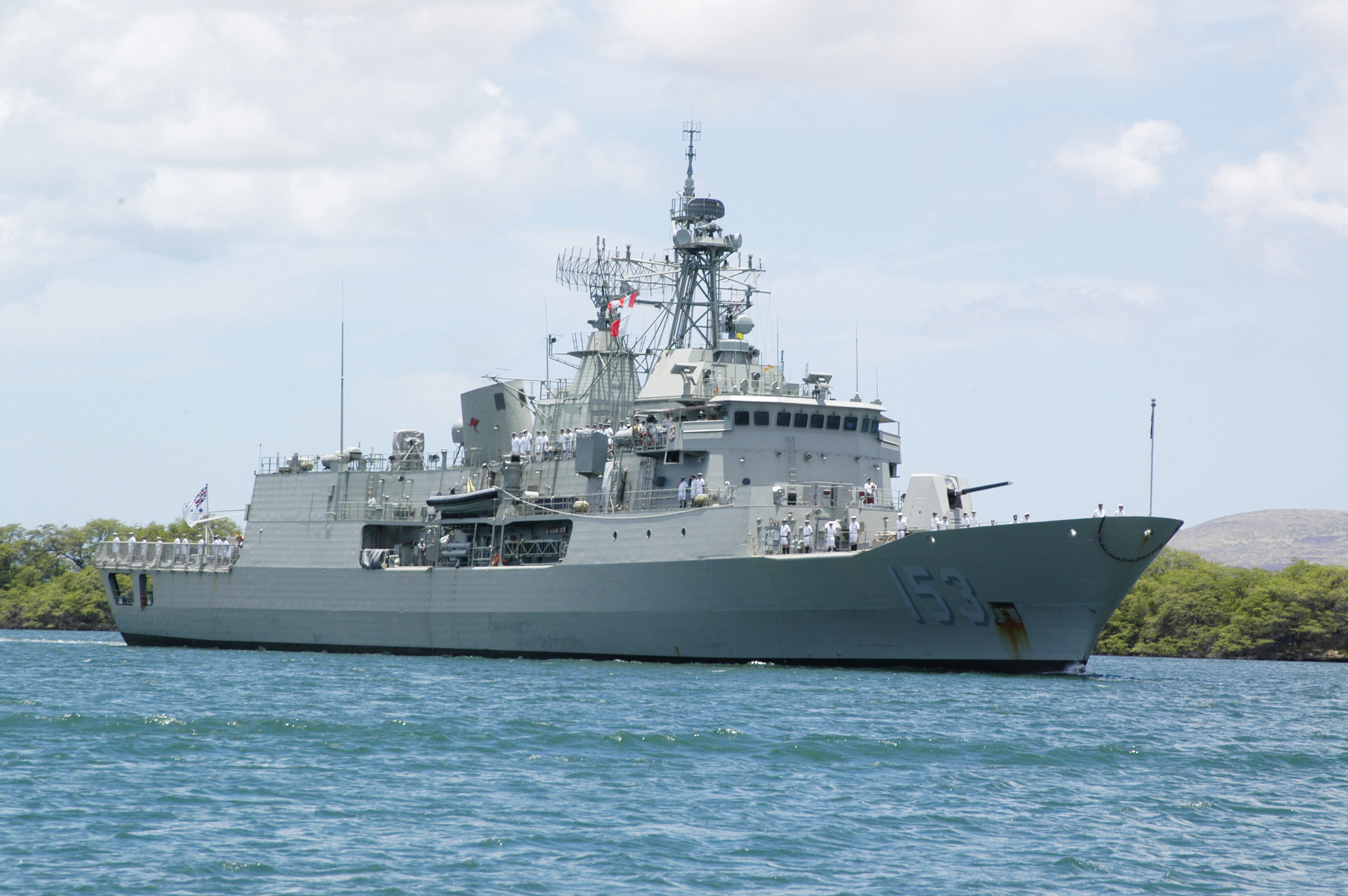Canada and Peace Support Operations: A Pragmatic Approach to a Canadian Idealism
At the same time that the Government of Canada (GoC) is seeking out new opportunities to contribute to United Nations (UN) peacekeeping missions abroad and considering the key role that the men and women of the Canadian Armed Forces (CAF) play in those missions, the recent Defence Policy Review presented Canadians with the question “What form should the CAF contribution to peace support operations take?” A response to this question, as surely many received by the Department of National Defence are, must be an informed response that urges policymakers to: clearly communicate its foreign policy aims to Canadians, align Canada’s political ambitions with the ground realities of modern peace support missions, review the hard lessons learned from past peace support operations and ensure that the CAF possesses the requisite tools and capabilities to achieve success at the lowest cost to human life.
If it is the aim of the GoC to increase Canada’s contribution to UN peacekeeping missions in the hope of improving the chance of obtaining a temporary seat at the UN Security Council, the decision to send the men and women of the CAF into harm’s way must be clearly communicated to the Canadian public, the UN, and the world. Be it through a foreign policy review or as part of a comprehensive national security strategy, the government’s success in maintaining public support for future peace support operations will ultimately depend on a coherent narrative presented to both Canadians and to the world.
As experienced during Canada’s contribution to the NATO mission in Afghanistan, public support for that mission progressively faded as the mission proceeded with both casualties and financial costs mounting. To ensure that Canadians fully understand future operations undertaken by their military as directed by the elected government, Canada’s political and military leaders must ensure that the mission objectives are communicated in a transparent and informed manner that clearly outline the short, medium, and long term benefits of Canada’s sacrifice.
In a recent article for The Globe and Mail, one of Canada’s most respected soldiers and peacekeepers, Retired Major General Lewis Mackenzie, took aim at the federal government’s initiative of contributing to an unnamed UN peacekeeping mission with the hopes of securing support for a temporary member seat on the UN Security Council. While MacKenzie’s article asserts that the government’s hard work would be better spent at making more effective contributions to the UN in other ways, Canada’s and the UN’s top soldier during the war in Bosnia, did raise a number of relevant points.
Peacekeeping missions during the Cold War and in the decade following were far different from the ones Canada is likely to encounter today. In particular, Mackenzie explained that most peacekeeping missions during his time were conducted by soldiers whose mandate was to keep the forces of hostile states separated, while peace negotiations by their civilian leaders took place in European capitals and the UN.
In today’s wars, it is highly unlikely that the belligerents Canada’s soldiers encounter will have delegations at the UN Headquarters. The term “peacekeeping” will more than likely be something of a misnomer, as the men and women of the CAF will likely be involved in peace-making or peace-enforcing operations between both state and non-state groups with little or no vested interest in international laws or norms.
It is unquestionable that Canada must engage with partners across the world to work together in confronting security challenges to Canada, its Allies, and other nations and peoples in need. As seen in recent years, modern war zones are rife with hybrid threats and belligerent groups that adhere less to international norms and bodies than their ideological motivations. How the CAF meets those challenges before and when they hit the ground will be nothing like prior peace support operations undertaken during previous missions.
In the past, the CAF has been instrumental in Canada’s foreign affairs formula and has played a leading role in defining how military leadership and the application of force contributes to the success of UN peacekeeping missions. Today, CAF leaders will find that success will more likely be determined when military leadership and force is part of a Whole of Government (WoG) Approach. However, although the WoG approach has been a concept embraced and practiced by the CAF, finding this operational concept within the UN, for example, should not be expected.
Additionally, the Government of Canada must be willing to call upon and employ their specialists from the citizenry. These are Canadian citizens who posses unique experiences and skill-sets that can be applied to the mission in areas where the CAF and other government agencies to not have the ability or level of expertise. The Reserve element of the CAF should be a starting point in accessing this resource for finding and employing both the military and civilian skill-sets found within that force that can be utilized to improve conditions within theatre.
Any CAF contribution to a peace support operation must directly reflect and include the full support of Canadian politicians, diplomats, and policymakers within a coherent Canadian foreign policy. It is simply no longer enough to state that the mission “reflects Canadian values,” and develop an ad-hoc “policy” around that mantra.
In practice this means experts from Global Affairs Canada (GAC) and other government agencies must work together as part of the broader effort, in much the same way the Provincial Reconstruction Teams (PRT) did in Afghanistan. With this approach, Canadians will have clearer understanding of the mission’s objectives and allow them to make decisions based upon that knowledge, while grasping the larger picture. This will further empower CAF and the world with clearer reasoning and justification for Canadian involvement, risk, and sacrifice.
Co-Author: Marko Babic is a former Strategic Analyst with the Future Capabilities Research & Technologies Subdivision at NATO HQ, Supreme Allied Commander Transformation in Norfolk, Virginia. Marko graduated from McMaster University with a Bachelor of Arts in History in 2002 and has served with the Canadian Army Reserve since 2004 as an Infanteer, a Canadian Ranger & most recently as an Armoured Reconnaissance Officer. When not in uniform, Marko serves as the CEO of Alpha Soteria HSSE Ltd based in Hamilton, Ontario.
Photo: A soldier from the 4th Canadian Division disembarks a CH-147F Chinook helicopter during Exercise STALWART GUARDIAN (2016), by Master Corporal Precious Carandang via Combat Camera.
Disclaimer: Any views or opinions expressed in articles are solely those of the authors and do not necessarily represent the views of the NATO Association of Canada.




